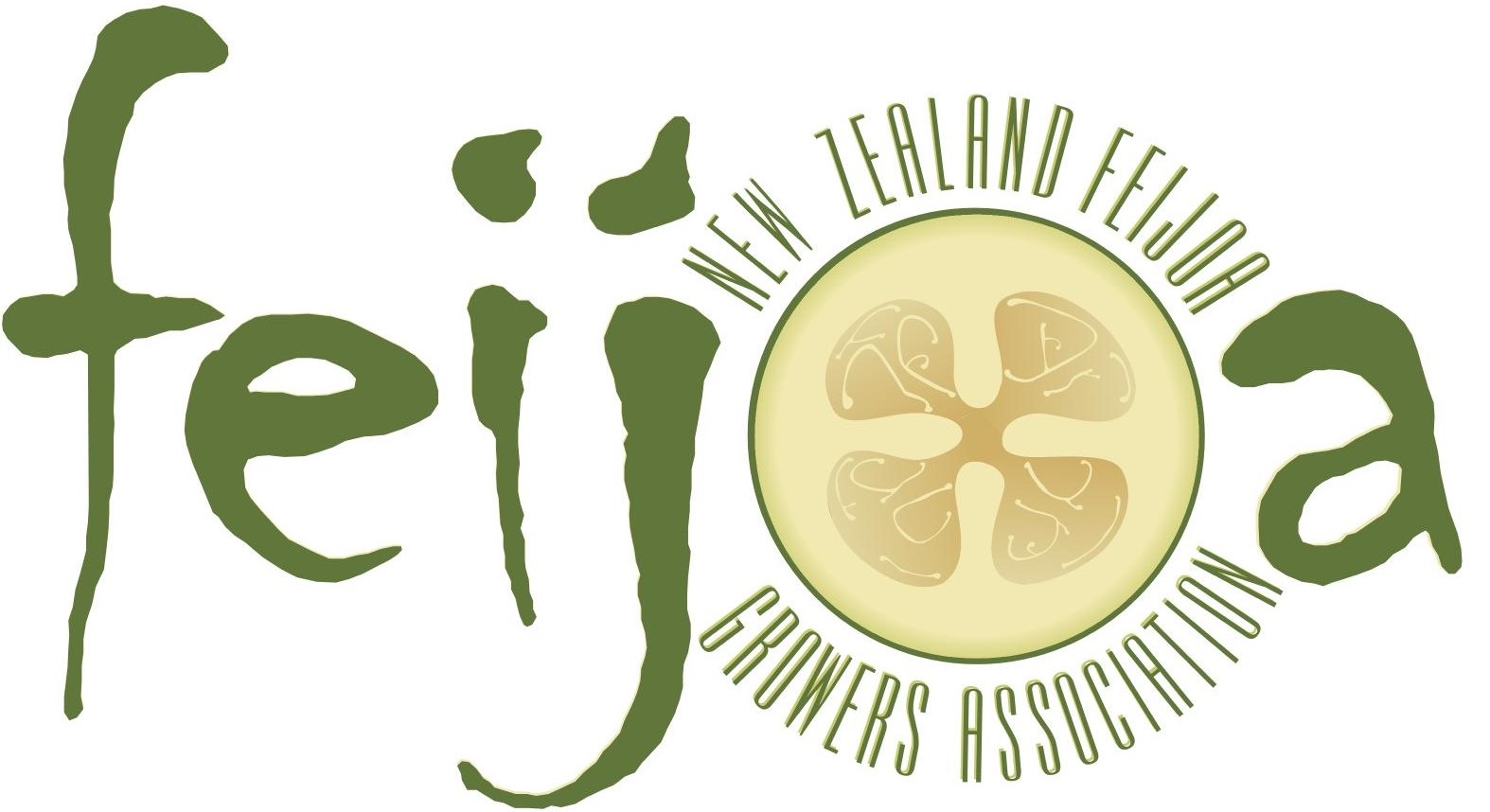What to do if the aggressive anthracnose is found in your orchard
5 April 2019
Dr Pia Rheinländer, Plant & Food Research, Mt Albert Research Centre, Auckland.
Simple steps to reduce inoculum build-up and reduce infection and spread of the anthracnose disease in the orchard.
The pathogen can infect any above-ground plant tissue such as leaves, fruit and twigs/branches (especially new growth). When infected plant material wither and die the pathogen produces spores that can infect new plant tissue. So it is essential to minimise the source of inoculum and consistently remove any infected plant material.
- Remove any fruit with symptoms (purple sunken spots) from the trees and from the ground. Be vigilant, inspect your trees daily and remove fruit immediately. Spores are quickly produced from infected plant tissue and it is essential to keep inoculum at low.
- Use a bucket with a lid when collecting infected fruit and other infected plant material to minimise the spread of spores.
- Dispose infected plant material (fruit, leaves, branches) well-away from the orchard, preferably by burying or burning it.
- Do not touch healthy (uninfected) fruit after you have handled infected fruit or other infected plant material. Use a disinfectant (see below) to sterilise your hands.
- The pathogen can cause dieback which can be seen as withering of twigs and branches. Such branches should be pruned and removed from the orchard, preferably buried or burnt. Monitor your orchard and remove any infected branches and twigs as soon as you see them.
- When pruning, clean secateurs using a disinfectant e.g. household spirit or isopropyl alcohol – simply wipe, spray or dip blades into disinfectant. Bleach can also be used (1:10 dilution) but requires soaking.
- After pruning branches with dieback clean the secateurs using a disinfectant before pruning a healthy tree.
- To prevent the pathogen from entering pruning cuts, Eurogel (octhilinone) or Bordeaux mixture can be applied.
Note: that no research has been undertaken to test the efficacy of these products against the aggressive anthracnose disease in wood cuts. If using these products, wear protective clothing and follow the instructions on the product label, e.g. dosage, timing of application, and pre-harvest interval. - Clean your boots/shoes with a disinfectant after working in your orchard.
- Do not transfer any plant material outside your orchard.
- Do not propagate from infected trees.
- If you visit other orchards unaffected by the disease, wash clothes and disinfect footwear that you have been wearing in your orchard beforehand.
